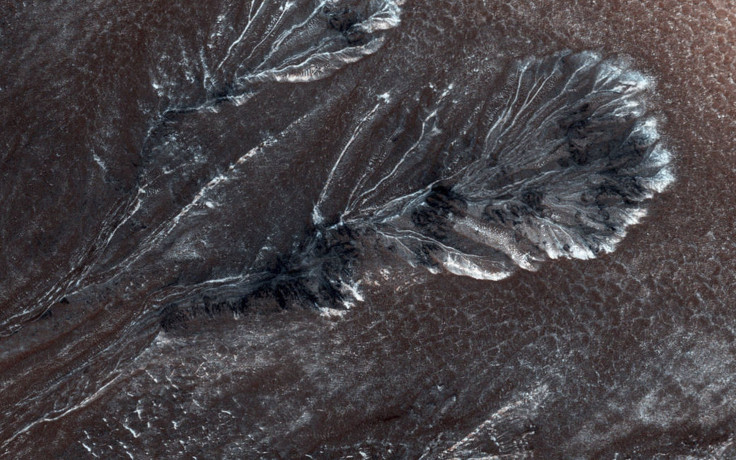Mysterious Mars: Asteroids and comets hitting Red Planet made it life-conducive; $1m grant to study life on early Earth

Go back four billion years and one will see Mars getting hit by large asteroids and comets. While the destruction might seem appalling, these hits apparently made the planet conducive to life, at least for a while, says a new study by the University of Colorado Boulder.
Around 3.9 billion years back, a time known as the Late Heavy Bombardment, Mars was getting hit relentlessly by spatial objects and at the same time, our solar system was also developing.
“This study shows the ancient bombardment of Mars by comets and asteroids would have been greatly beneficial to life there, if life was present,” said CU-Boulder Professor Stephen Mojzsis (via Eureka Alert).
According to Mojzsis, a dormant water cycle may have been restarted due to a number of factors. If early Mars was as cold and barren as it is today, enough heat would have been produced when the comets and asteroids started bombarding Mars. This tremendous heat would have melted the subsurface ice.
Like the hydrothermal systems in Yellowstone National park, the impacts would have produced similar systems on Mars. Some of the chemically-powered microbes in Yellowstone National Park can inhabit water, acidic enough to dissolve nails. Such microbes can also survive boiling water.
Moreover, a massive impact may have increased atmospheric pressure, which in turn made the planet heat up to such extent so as to re-start a dormant water cycle. The researchers used CU-Boulder’s Janus supercomputer cluster and they predicted that Mars’ heated state may have lasted a few million years before returning to its cold state again.
However, the Late Heavy Bombardment could not boil away Earth’s oceans to make it inhabitable. Instead, it may have boosted early life on Earth, if at all it was present then.
“What really saved the day for Earth was its oceans. In order to wipe out life here, the oceans would have had to have been boiled away. Those extreme conditions in that time period are beyond the realm of scientific possibility,” added Mojzsis.
This new study was funded by the John Templeton Foundation and NASA. Mojzsis has also received a grant of US$800,000 (AU$1.05 million approx) from the Foundation for Applied Molecular Evolution in Alachua, Florida to better understand beginning of life on Earth about four billion years ago.
“Studies of Mars provide us with valuable information about our own place in the solar system. Our next steps are to model similar bombardment on Mercury and Venus to better understand the evolution of the inner solar system and apply that knowledge to studies of planets around other stars,” Mojzsis said.




















